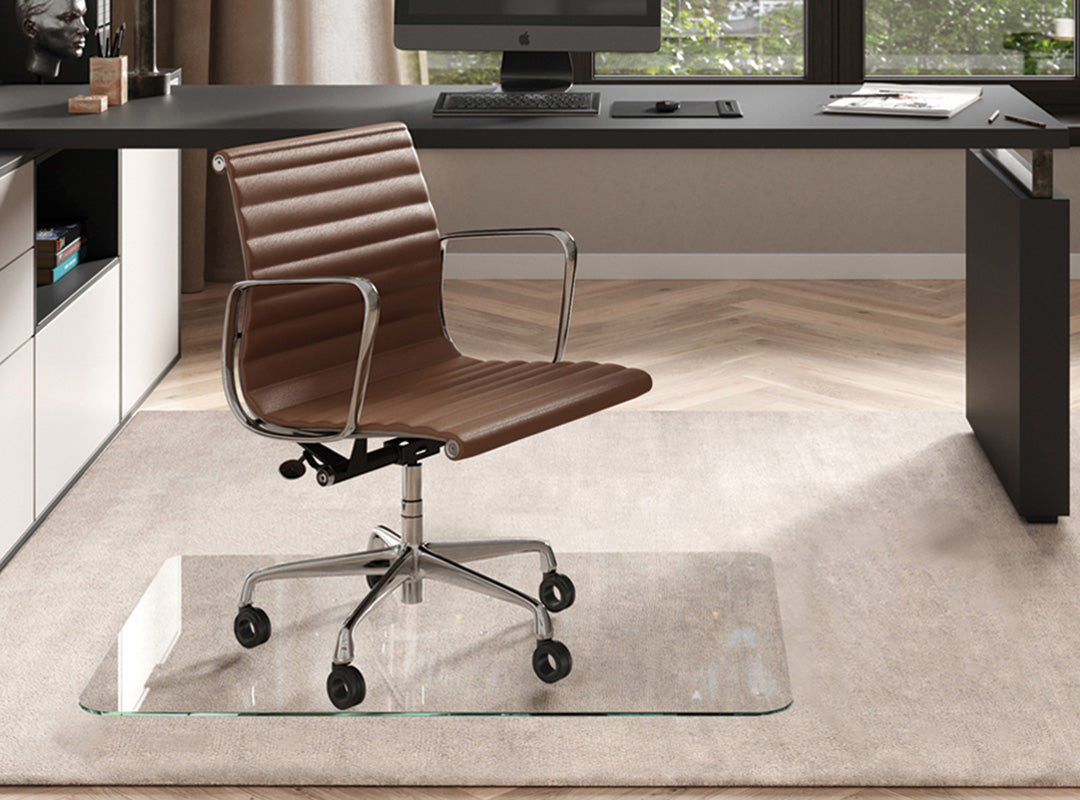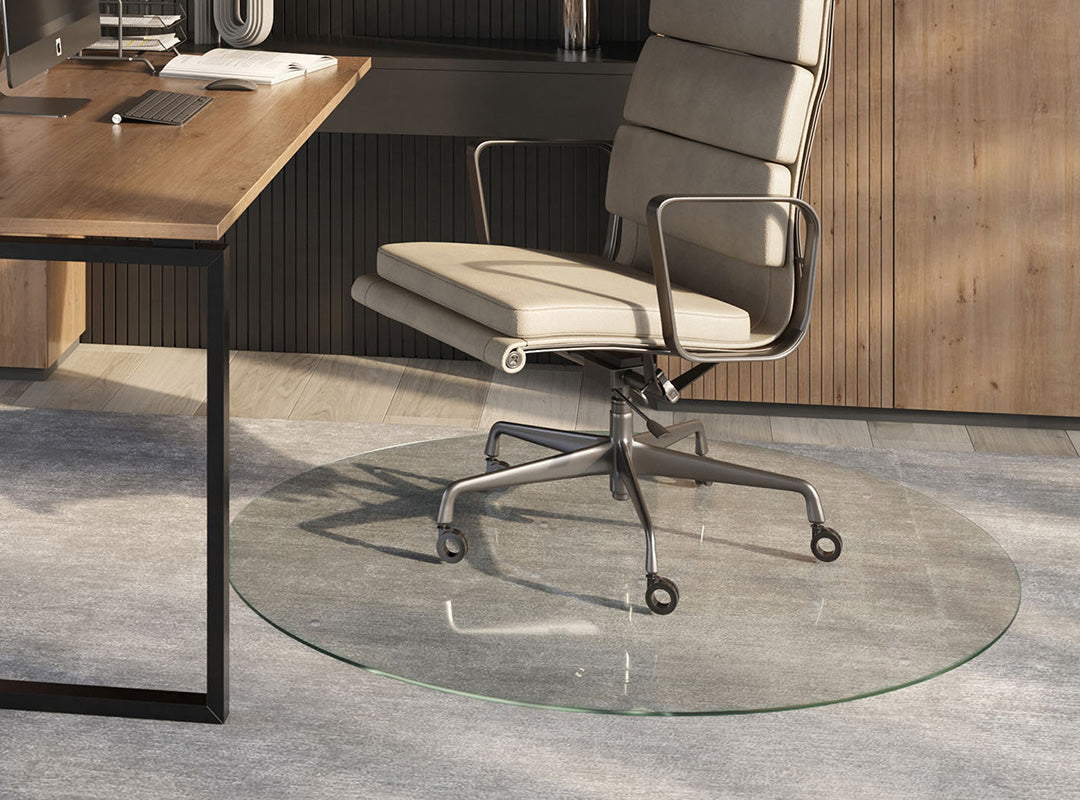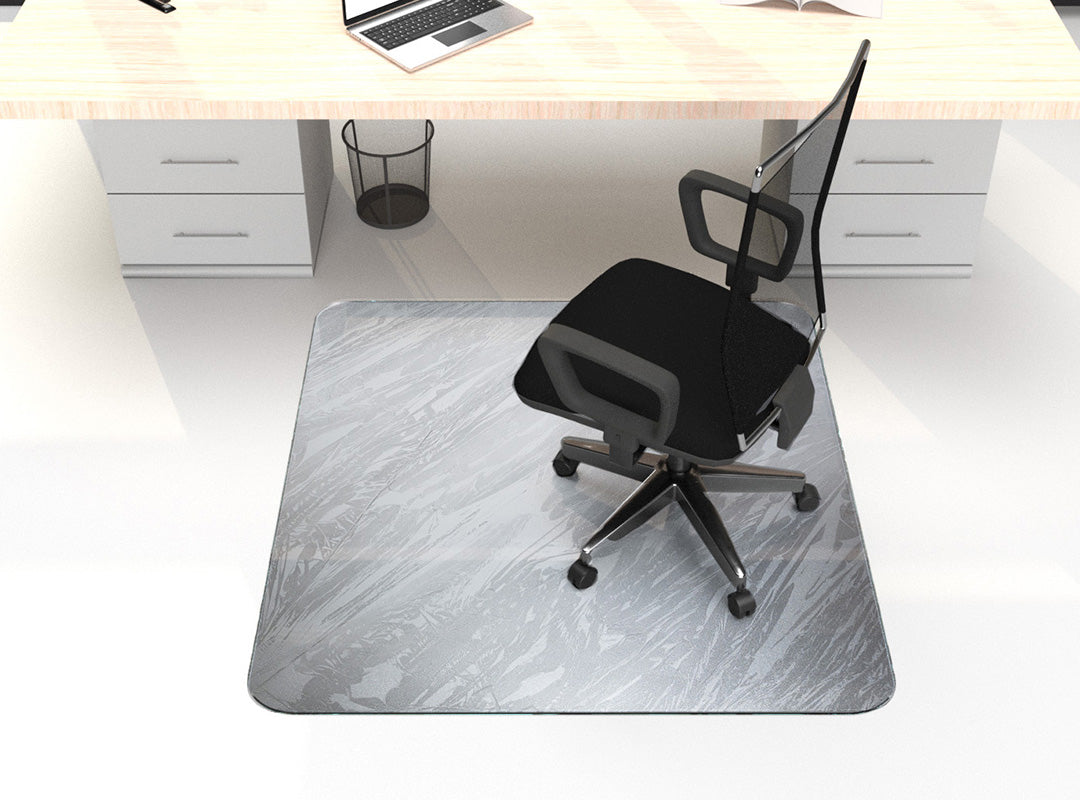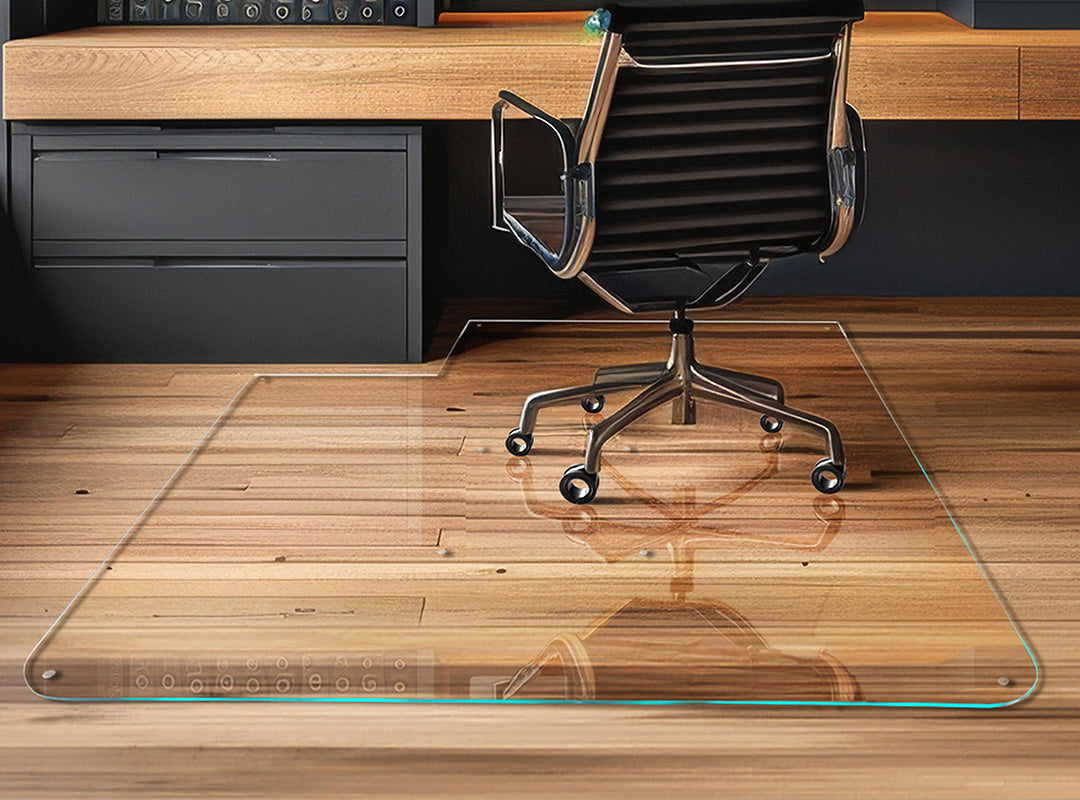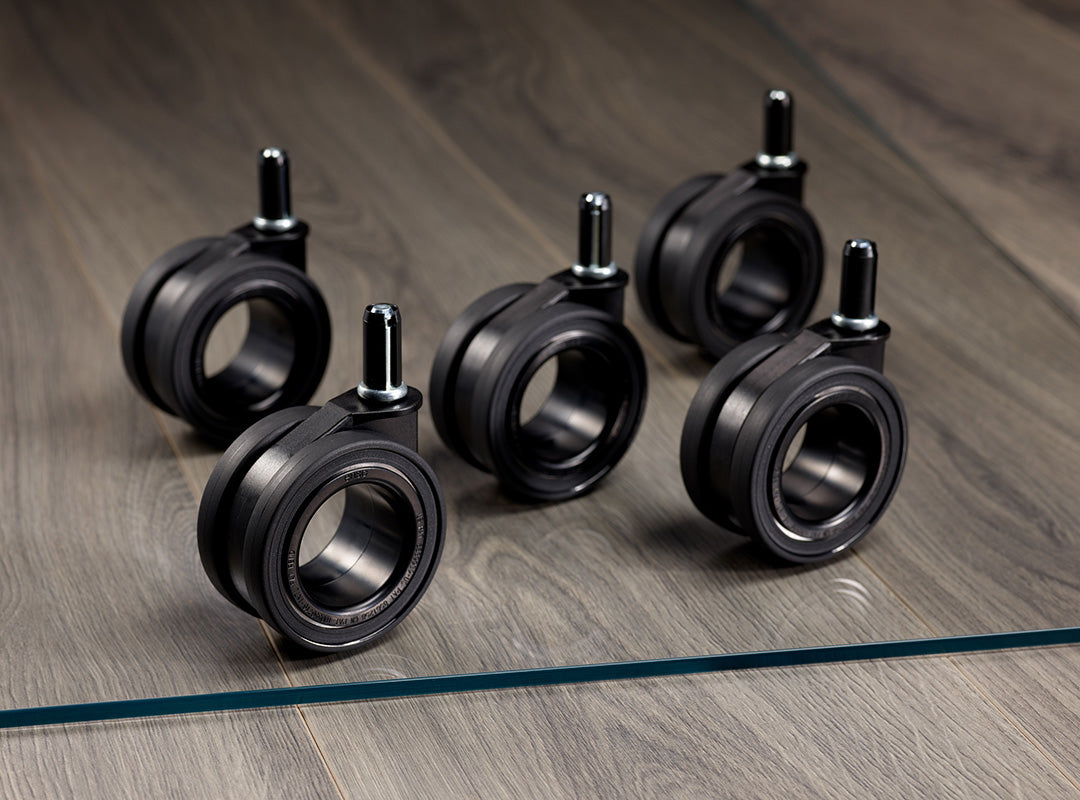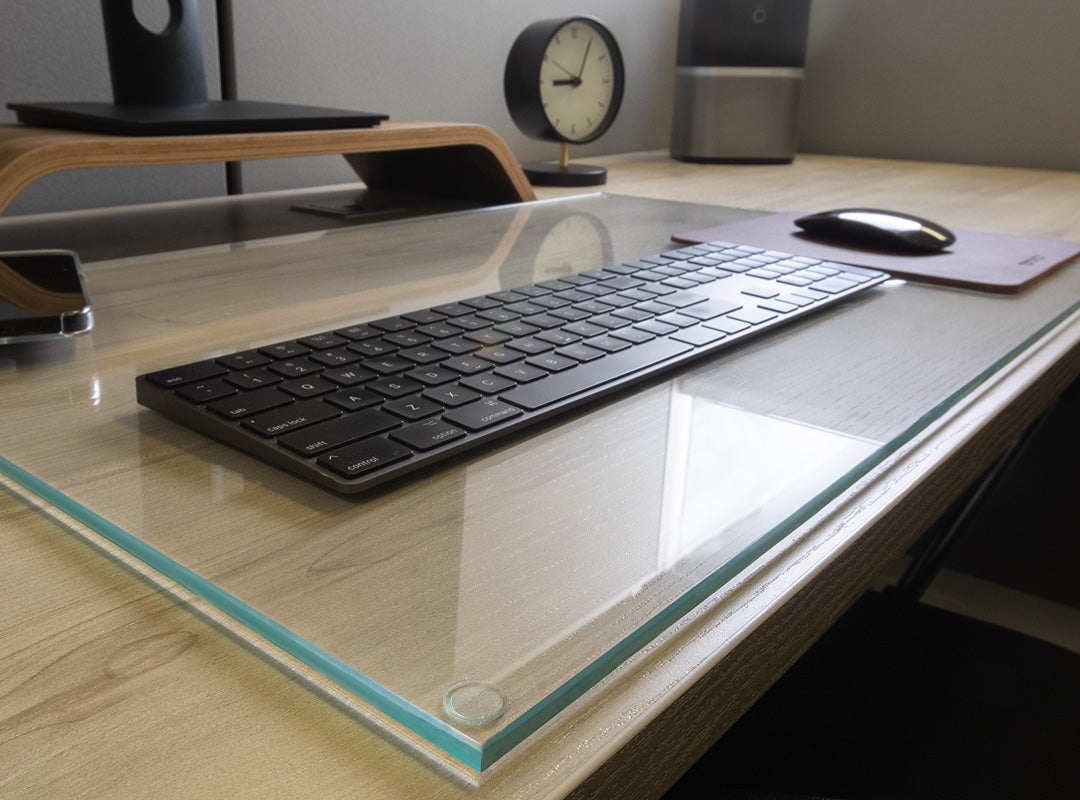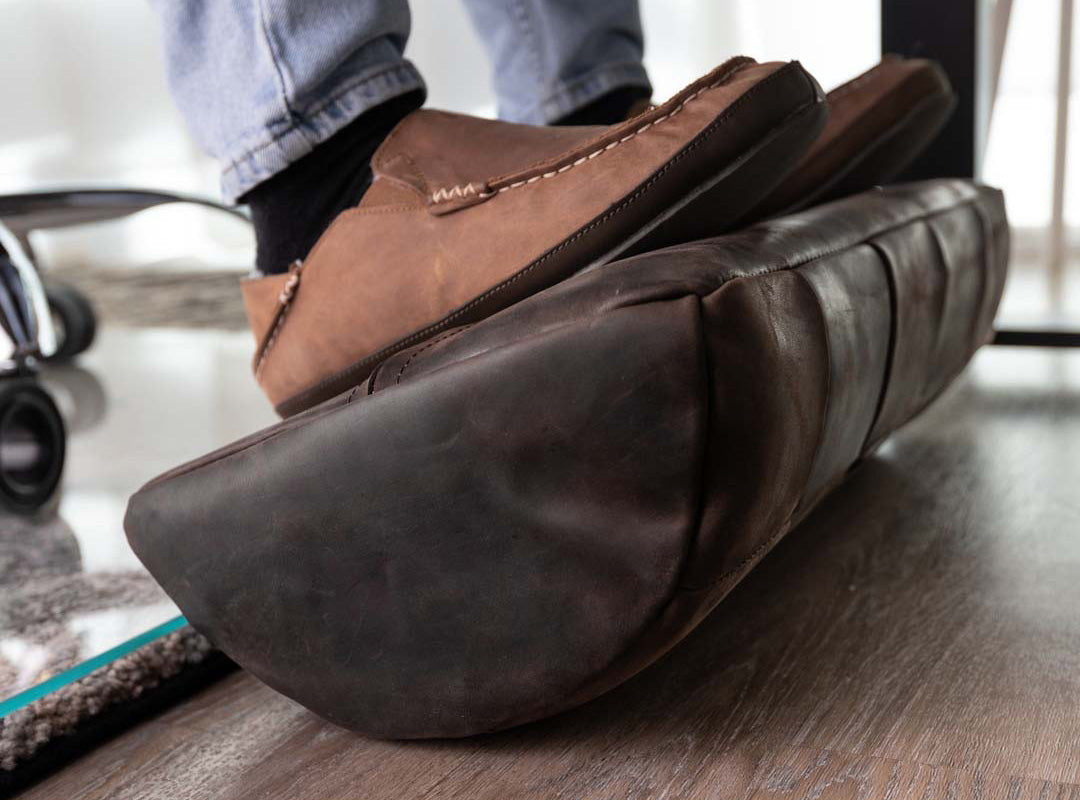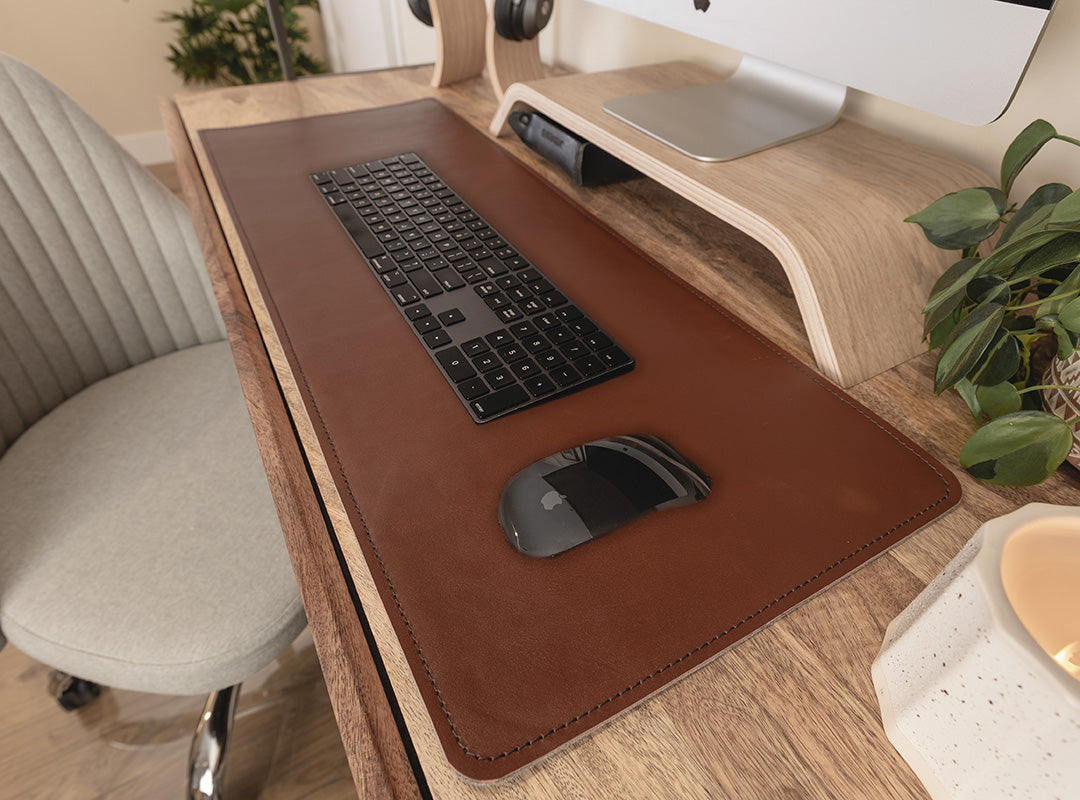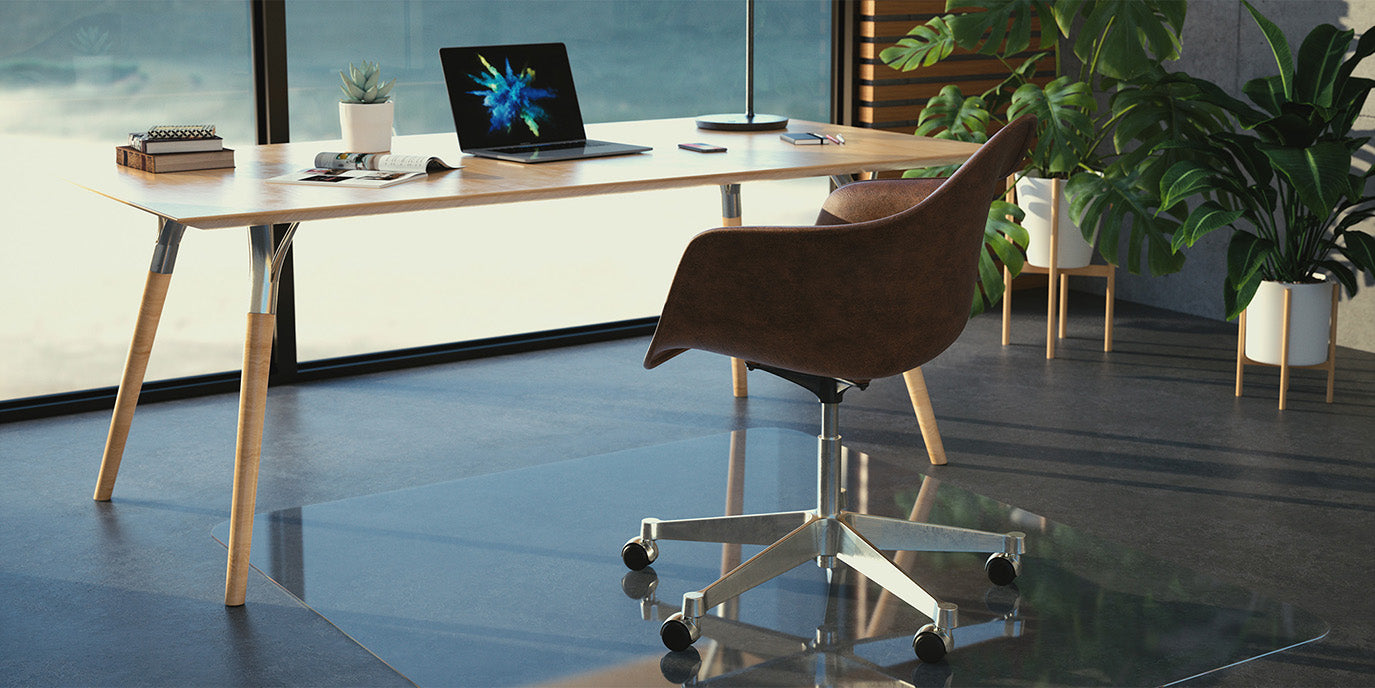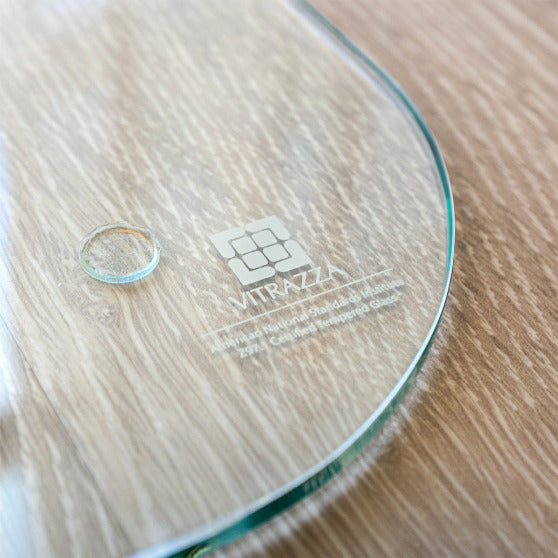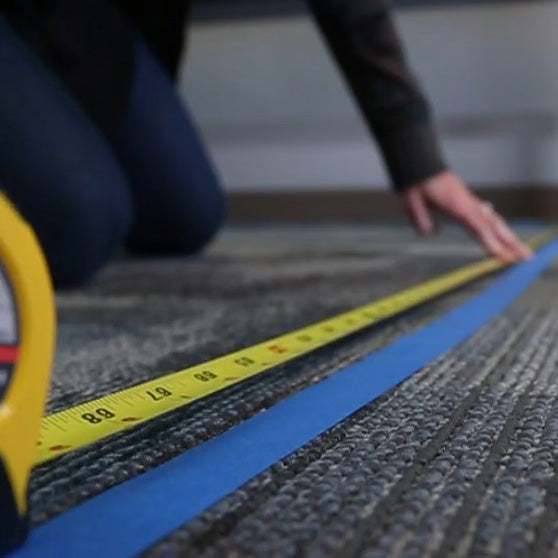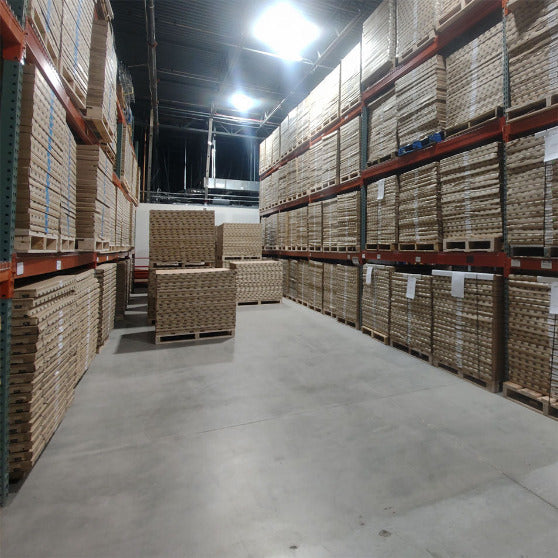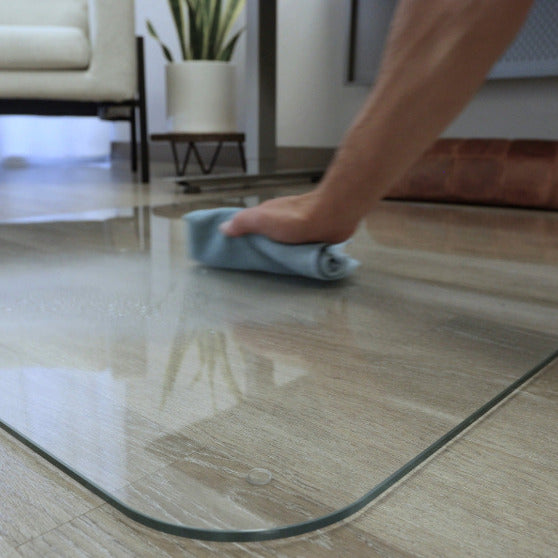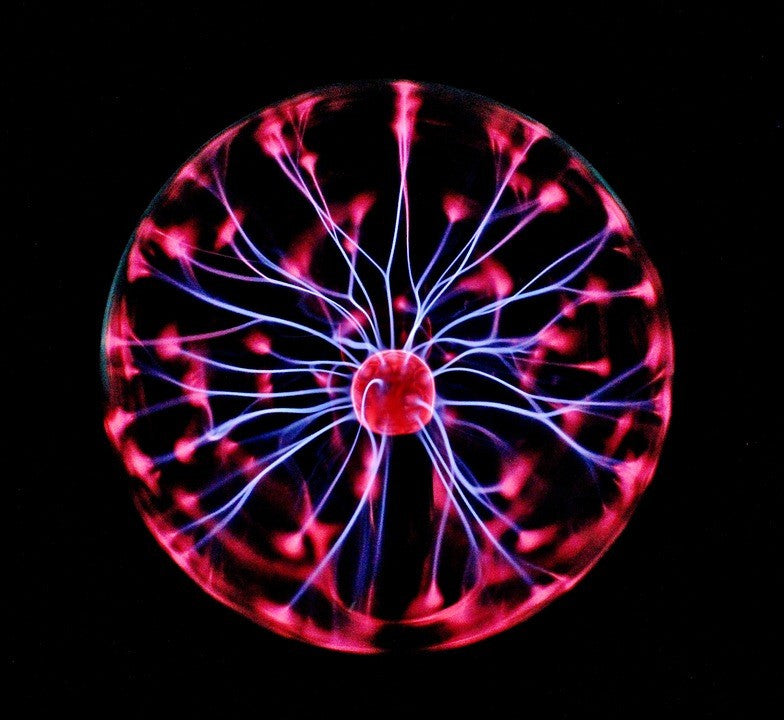All of us have experienced static electricity at one time or another – we notice sparks as we toss and turn in bed or we feel the burn as we pull a sock from the dryer. Static electricity occurs when there is an imbalance between the charges of a material and the electricity at rest.
What does this really mean?
Per Live Science, a shock occurs when electrons jump from two or more objects with opposing electrical charges. And this happens all because of molecules – it turns out, they’re not only in chemistry class: they’re everywhere.
Everything is made of molecules, including your desk, your office chair, your office chair mat, and you! Inside molecules are tiny atoms that contain protons (positively charged), neutrons (neutrally charged), and electrons (negatively charged). Most atoms possess the same number of protons and electrons, rendering them neutral.
Static electricity happens when an atom possesses an uneven number of protons and electrons. If you place two materials with this uneven number in contact with each other, the electrons jump, thus producing a shock.
Materials Matter
Some materials hold onto their electrons better than others – metal, for instance, holds them tightly. Plastic, on the other hand, is known as an insulating material; it loses and gains electrons quite easily. All you need is friction.
Think of it like this: when you walk across a carpeted room and touch a doorknob, you might get shocked. This happens because the soles of your socks and the carpet both act as insulators. When they rub together, the friction causes the electrons to jump around. They are then expelled as you touch the doorknob.
Plastic, as mentioned above, is an insulating material and the buildup of electrons tends to stay localized. Rolling your office chair across a plastic mat is enough to generate a shock. The result isn’t usually serious; tiny shocks aren’t dangerous because they don’t contain enough electricity.
Even so, if static electricity is an issue in your office, there is a solution: think humid! Humidity in the air helps eliminate it. The reason lies in the electrons: they amass easier and more readily in dry climates. Humidity introduces moistures, which decreases static, and, in the process, the shock that accompanies it.
Of course, a Glass Office Chair Mat can also help. Though glass can generate static electricity, it’s often not as conducive as plastic. Simply, it allows you to roll around without the sparks flying.
Vitrazza is the leader in Glass Office Chair Mats. Our products provide style, durability, and ergonomic comfort at electric prices. Vitrazza stocks 18 popular Glass Office Chair Mat sizes and we also create custom designs based on your ideas. To learn more, please visit us at vitrazza.com.



